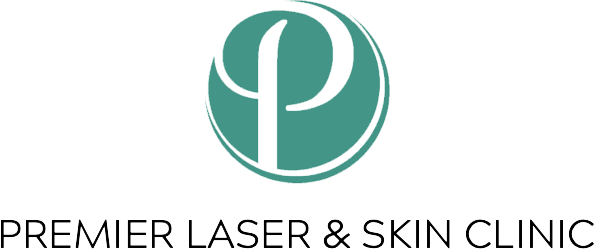If you’ve been watching the runways and magazines covers recently you will have seen models with freckles and other pigmentation conditions. Fashion houses have finally embraced more diverse models recently which is refreshing and reflective of who their customers are.
We’re seeing faces in a gorgeous spectrum of colours, and we’re also seeing more “non-traditional” looks.
While freckles and pigmentation are being embraced in the mainstream, there is often a little confusion about freckles.
Here’s what you need to know when it comes your freckles
is hyperpigmentation the same as freckles
Hyperpigmentation, melasma and freckles are skin conditions commonly appearing in both men and women. They occur when melanin is produced in skin cells which leads to dark pigmented patches or spots on the skin’s surface
Freckles are a form of hyperpigmentation. Let’s back up: what is pigmentation? It’s simply the colour of your skin. Our skin (and hair and irises) gets its colour from a pigment called melanin.
Everyone has pigmentation: people who produce more melanin have darker skin and vice-versa.
It’s natural, and the differences just make the world a more beautiful place!
(But no matter what your skin colour, protect yourself from UV rays with SPF!)
There are two types of freckle:
- Ephelides freckles : These appear during exposure to sunlight during summer. They are usually light brown in colour and will fade by winter .
- Lentigine freckles: These are much darker and are more permanent in nature.
Genetics
Here’s where people go astray when it comes to these little spots: they think they’re caused by sun damage. Not so. You can actually thank mum and dad for them or chromosome 4q32-q34 to be precise!. They’re genetic. They do, however, appear when the skin is exposed to the sun.
 how to get rid of freckles permanently with laser
how to get rid of freckles permanently with laser
As mentioned, freckles are a type of hyperpigmentation. People with them produce more than enough melanin, but it does not distribute evenly across the skin. This causes the little localised areas of discolouration, fondly (or not!) known as freckles.
And those with freckles – just like those without – should always wear sun protection. This will help abnormalities from forming. But even with vigilant protection, they’ll still have freckles thanks to those genes. Laser therapy has proven to be effective for freckle removal.
laser therapy for freckles
If you’re looking to treat your freckles there are a range of solutions clinics can offer you. Before you think about any laser therapies the first step is always to get a in depth diagnosis by a skin specialists.
You can have different types of pigmentation on your body so it is important to have a thorough skin analysis before choosing a treatment.
After a diagnosis treatments could include:
This treatment is quick, easy and painless. A laser is applied to shatter the pigments so they can be naturally absorbed by your body’s lymphatic system.
This peel speeds up the skin’s own rejuvenation process while reaching damaged surface layers and providing deep exfoliation. It delivers an even, smooth skin tone.
RevLite laser treatment refers to the wavelength of light used to target the skin. The laser light is absorbed by the pigment in freckles. The Revlite also known as PTP (PhotoAcoustic Technology Pulse), shatters the freckle pigmentation and the melanin is released to surface of the skin,. It it the shed as normal.
Laser treatment for pigmentation is generally regarded as a safe and low risk treatment. Laser should always be used by experienced practitioners in a reputable clinic or medical practice.
The risk of scarring is low as are the side effects. As with any cosmetic treatment you should always talk over your concerns with your practitioner.
how long for freckles to fade after ipl treatment
As the laser light shatters the pigment the pigment is then naturally absorbed by your body. Your freckles which have been treated with laser may initially get darker in the first 24 hours after treatment and then slowly fade away over the next 1 to 2 weeks.
are freckles removed permanently
Results are permanent if you take care of your skin properly there should be no recurrence. If you get exposed to too much sun and UV radiation freckles can reappear.
how effective is freckle removal?
Laser treatments are very effective for treating freckles. Complete removal can be done in one session although some people may need more then one session.
freckle removal london
Premier Laser have 9 clinics across London and are London’s leading independent laser specialists. Since 2008 we have performed over 500,000 laser and skin treatments on Londoners. If you live in London and you want to remove freckling, contact us for a free consultation. Your practitioner will recommend the right treatment depending on your skin’s needs.




 how to get rid of freckles permanently with laser
how to get rid of freckles permanently with laser is
is 


